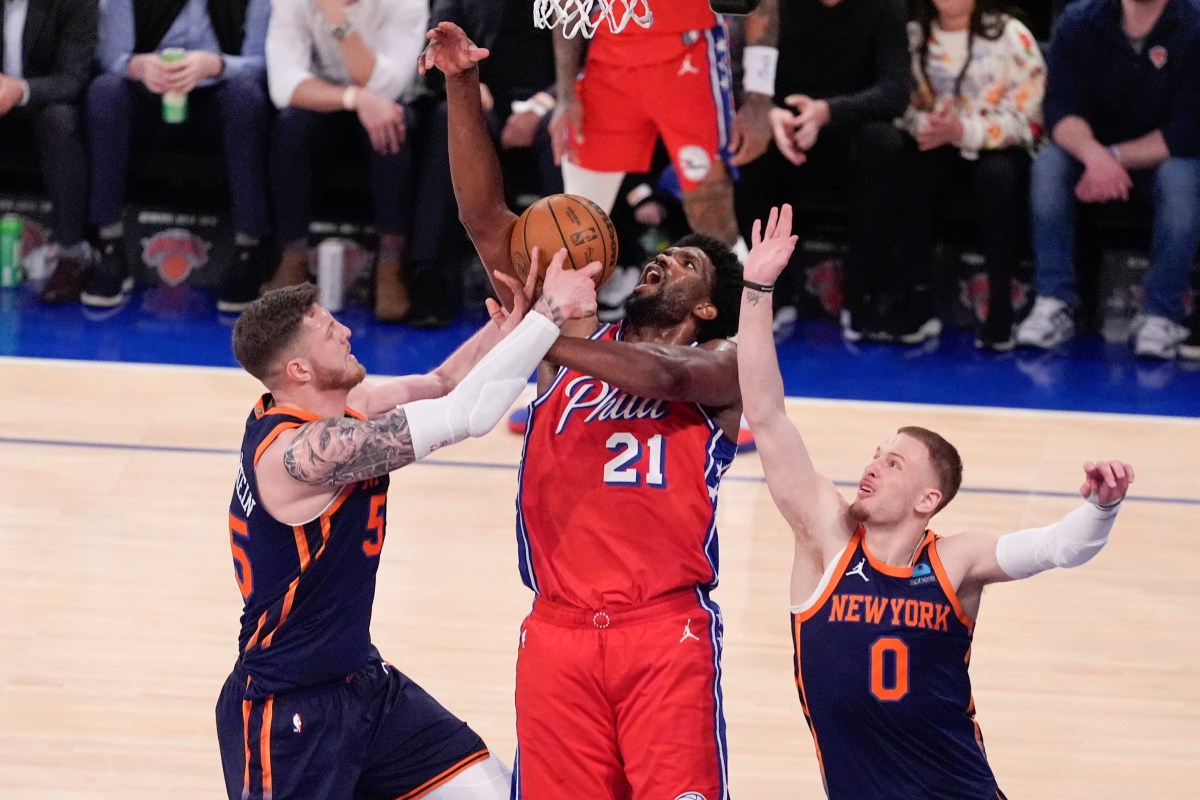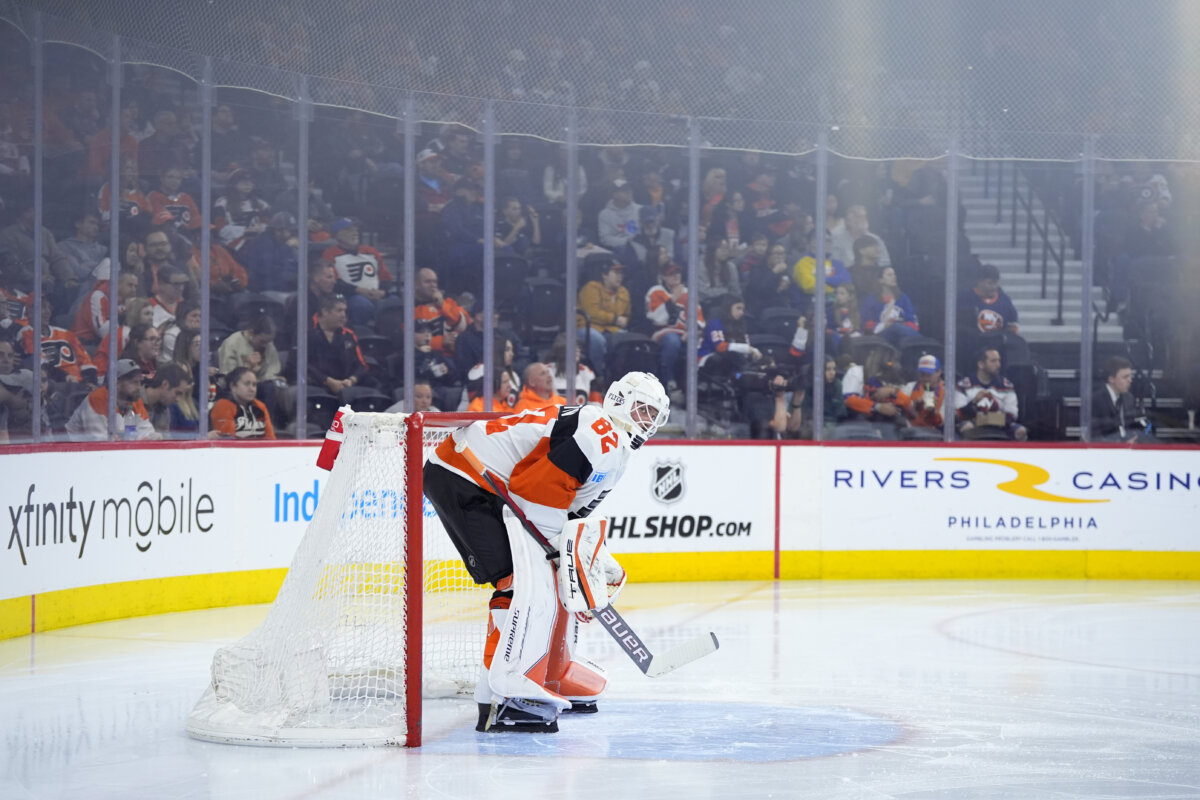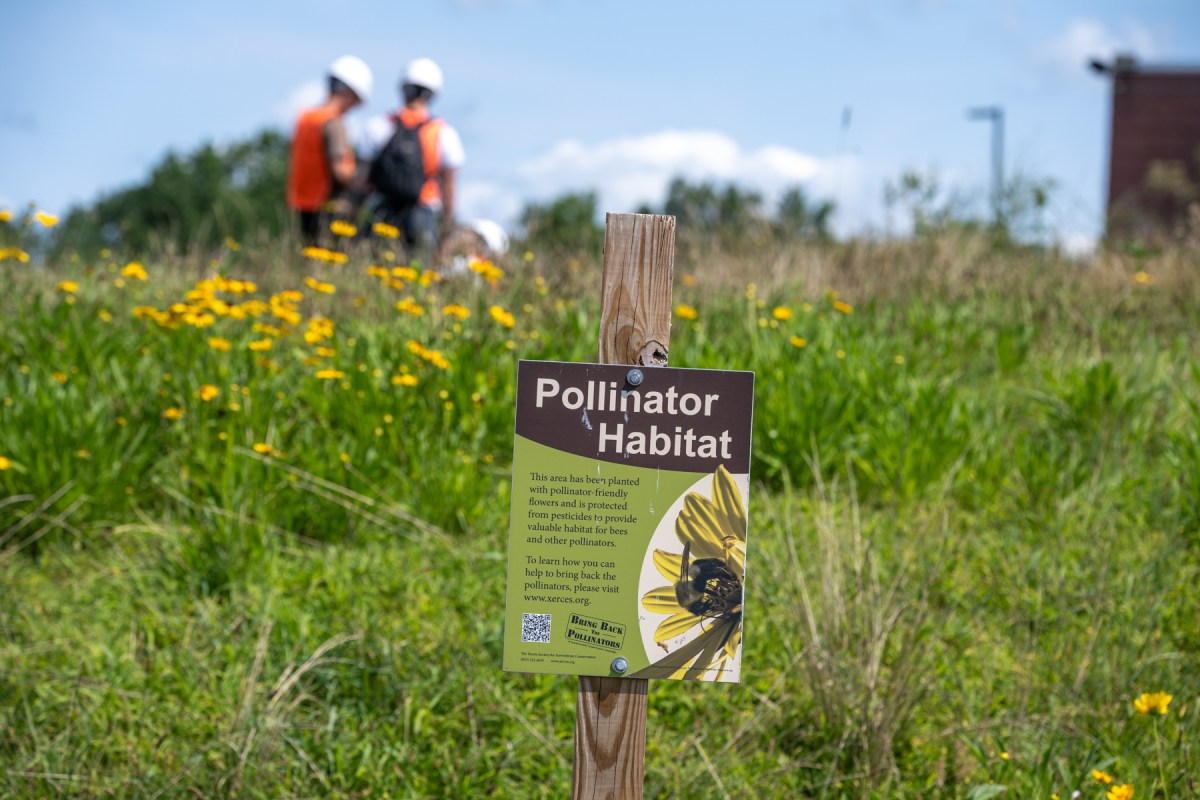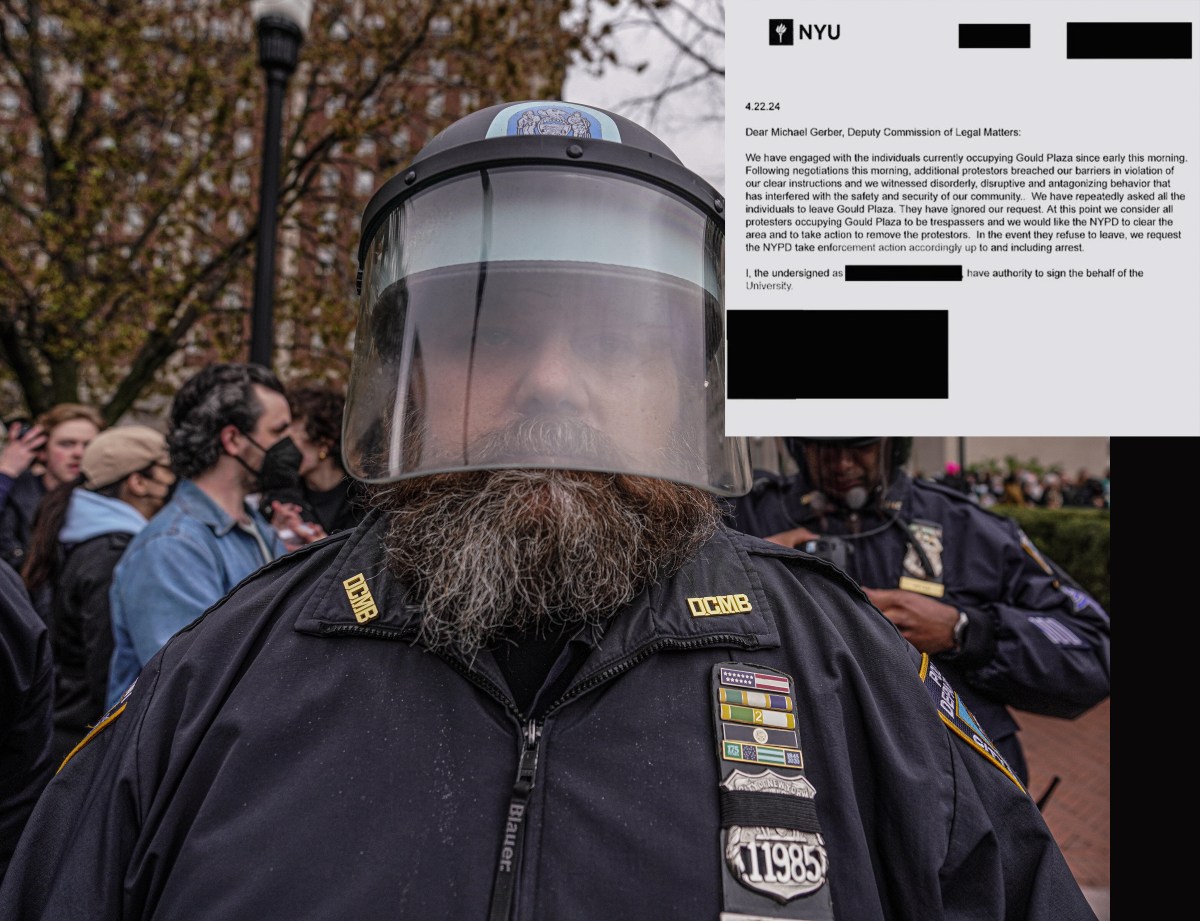DENVER – This season, there’s more to technology on the ski slopes than the new shapes in skis.
As skiers and snowboarders head online to book vacations and then brag about it, Colorado resorts are amping up their social media and smart phone applications to reach them, offering everything from geotagging to automatic Twitter updates.
Vail Resorts Inc. and Aspen Skiing Co. are launching new apps, and resort employees industry-wide are also plastering Facebook walls and tweeting about recent snowfall and special deals that might not be available anywhere else but online.
“It’s definitely part of this trend of ‘marketing made personal,'” said Melanie Mills, president and chief executive officer of the trade group Colorado Ski Country USA. “Everyone is using technology to talk more directly with their guests and more individually to their guests.”
Past seasons have had ski and snowboard manufacturers touting new equipment shapes. This season, techies are buzzing about Vail Resorts Inc.’s free new EpicMix mobile and online application, which uses radio frequency identification tags on lift tickets and season passes.
The RFID tags and new scanners on lift towers let EpicMix track customers’ ski days and vertical feet logged at Breckenridge, Keystone, Vail and Beaver Creek in Colorado and Heavenly in California, without a rider doing anything extra.
Customers who opt in can have that information automatically posted on their Twitter and Facebook updates, and their visits can earn them digital “pins,” similar to what Gowalla and Foursquare offer. (For now, EpicMix pins don’t translate into real-life rewards.)
If friends also have Facebook accounts linked to EpicMix, users with smart phones can get alerts about when those friends are on the mountain too and send them messages.
Vail Resorts CEO Rob Katz says it’s taking the apres ski tradition of swapping tales about an epic day on the mountain into the digital age, as visitors’ stats are touted online to avid and casual skier friends alike.
“One of our social media goals is to create customers who create other customers for us,” said Mike Slone, interactive director at Vail Resorts.
“It’s a sign of a huge shift in how resorts are interacting with their guests. It’s a very different approach to driving loyalty,” said Mark Roebke, chief innovation officer for the ski software company RTP.
At RTP, Roebke is beefing up the Realski iPhone application that acts as an interactive trail map for dozens of North American resorts. Users hold up a newer iPhone to see a video image of whatever a skier is viewing on the mountain, and tags of nearby trails, restaurants and restrooms digitally pop up on the screen.
Realski 2.0, available this season, packs in more information. It also lets users take screen shots and geotag them.
Need to find that powder stash again? Take a picture and geotag it, so that Realski can point the way back. Afraid of forgetting where the car is parked or how to get to the bar to meet up with buddies later? Take a picture and geotag it. Same with that glove that fell off during a ride on the lift.
Realski is free, but resort maps cost 99 cents apiece.
Screen shots from Realski can be shared on Facebook or Twitter, but there’s no way to share functioning geotags yet.
RTP also is working with resorts on an application to let people get scanned at lift lines by using their phones, similar to using a boarding pass on a smart phone at the airport. A virtual lift ticket appears on the phone, but tapping on a space at the bottom might bring up weather reports or the ability to add more days on a lift ticket.
Skiers would have to take their phones out of their pockets to get a virtual lift ticket scanned.
That could change though. Some resorts have RFID tags on their real-world tickets so customers can be scanned through a person’s coat, and in Europe, Swatch watches with RFID tags let wearers ride the lifts at participating resorts. Roebke predicts it’s a matter of time before smart phones add RFID too.
Some new technology at the resorts works behind the scenes, like what Loveland Ski Area added to make reservations more seamless. Some is aimed at making it easier to spend.
Aspen Skiing Co. hopes its upcoming mobile application, which would work on most smart phones, can provide updates on snowfall and trail grooming but also allow guests to make dinner reservations or buy lessons, Mills said.
“There’s a change in buying behaviour. There’s a convenience expectation. ‘Why do I have to stand in line?'” Roebke said. “This is geared toward, ‘How do we give people the most trouble-free experience possible?'”
Meanwhile OnTheSnow.com, run by a Vail Resorts subsidiary, has launched its free iPhone Gear Guide application that lets users compare mountain gear. Its app for snow reports is free this year, and a similar one for the iPad is due in December.
One note of caution for all this technology on the slopes: The rules for stopping to geotag or do anything else with your phone are the same as they would be for stopping to take a breather. The National Ski Areas Association Responsibility Code says, “Stop in a safe place for you and others.” So whether you are taking a photo, making a call, geotagging, tweeting or just waiting for a friend, find a safe area where you can see what’s going on and where others can easily see you.
















